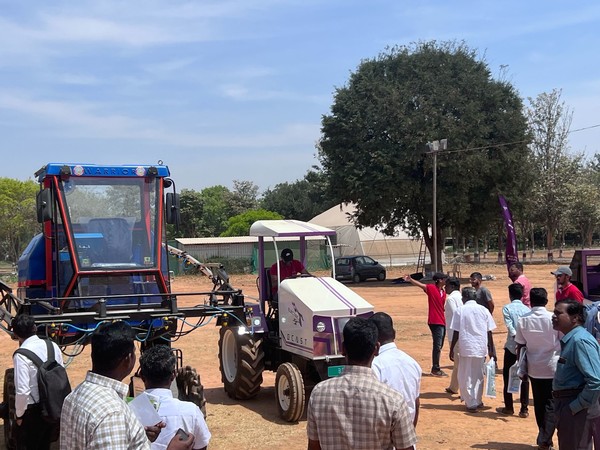
Agricultural mechanisation in India, the strategic role of EIMA Agrimach
The robust growth of the agricultural machinery market has not yet filled the technological deficit of Indian agriculture. Forecasts indicate that the incremental trend, favoured by state subsidy programs, will continue in the coming years with investments in the latest generation of machinery. Agromechanical exhibitions are a knowledge hub
With a total of more than 915,000 vehicles registered in 2023, India is confirmed to be at the top of the world tractor market. Sales, estimated at 7.5 billion dollars, have been growing for six years, but this increase has not filled the technological deficit of the Indian primary sector. This is what emerges from the report on “Farm Mechanisation: a catalyst for sustainable agricultural growth”, prepared by the consulting firm PWC India and by FICCI, the Indian Federation of Chambers of Commerce and Industry. From the 1970s to today, the mechanisation intensity of the Asian country has increased by 600%, from 0.46 kW per hectare to 2.48 kW, however - the report says - it is still far from the 4 kW/ha indicated by the Government as a target to be achieved in 2030 to improve the productivity of the agricultural sector. In this perspective, to be truly efficient, the subcontinent's primary economy must focus not only on increasing the number of tractors used by farms, especially family farms that still rely excessively on manual labour, but above all on the introduction of the latest generation of machinery. In a country that must meet growing food demand, precision agriculture practices, as well as digitalisation and the use of advanced robotic technologies, are essential both to optimise the use of productive factors and increase yields, and to ensure the sustainability of production. And it is also to promote investments in the latest generation of machines that the federal government - the report continues - has provided various incentive tools, such as the one called Sub-mission on Agricultural Mechanization.
In addition to state concessions, an important contribution to the dissemination of new agricultural technologies is also provided by those promotional and demonstration events that allow operators to test machinery in the field. Events such as EIMA Agrimach, the international exhibition of agricultural machinery organised by FederUnacoma and FICCI in Bangalore (29 February - 3 March) are not only business opportunities, but - comments the Italian association of manufacturers FederUnacoma - are real knowledge hubs able to attract an increasingly selected audience. The data from the event confirm the centrality of these events. During the four days of EIMA Agrimach, about 13,000 qualified operators visited the fair's pavilions, contacted representatives of the more than 150 brands on display (15 of which are Italian) and witnessed the testing of machinery specifically designed to meet the needs of Indian agriculture. In the next 10 years - analysts estimate - the subcontinent's agro-mechanical market will triple in value, reaching 31.6 billion dollars. In this scenario, EIMA Agrimach India and other industry events will be increasingly strategic for the development of the Asian country's agricultural economy.








